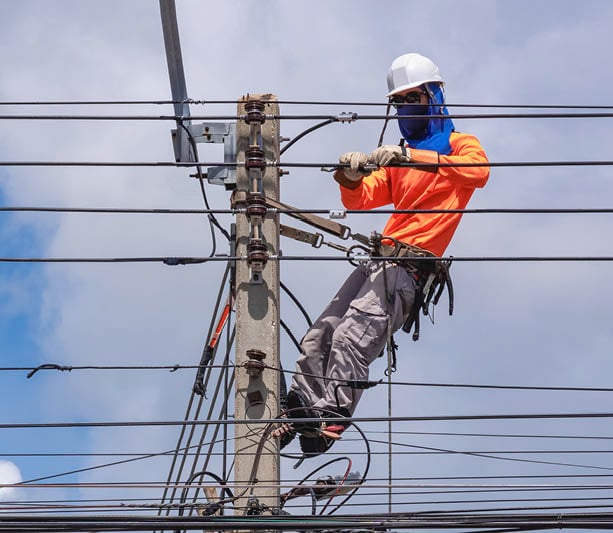Article
Why HR must sit at the risk top table
Discover why HR must evolve into a strategic risk partner to tackle talent shortages, burnout, and culture-driven threats to business resilience.
































